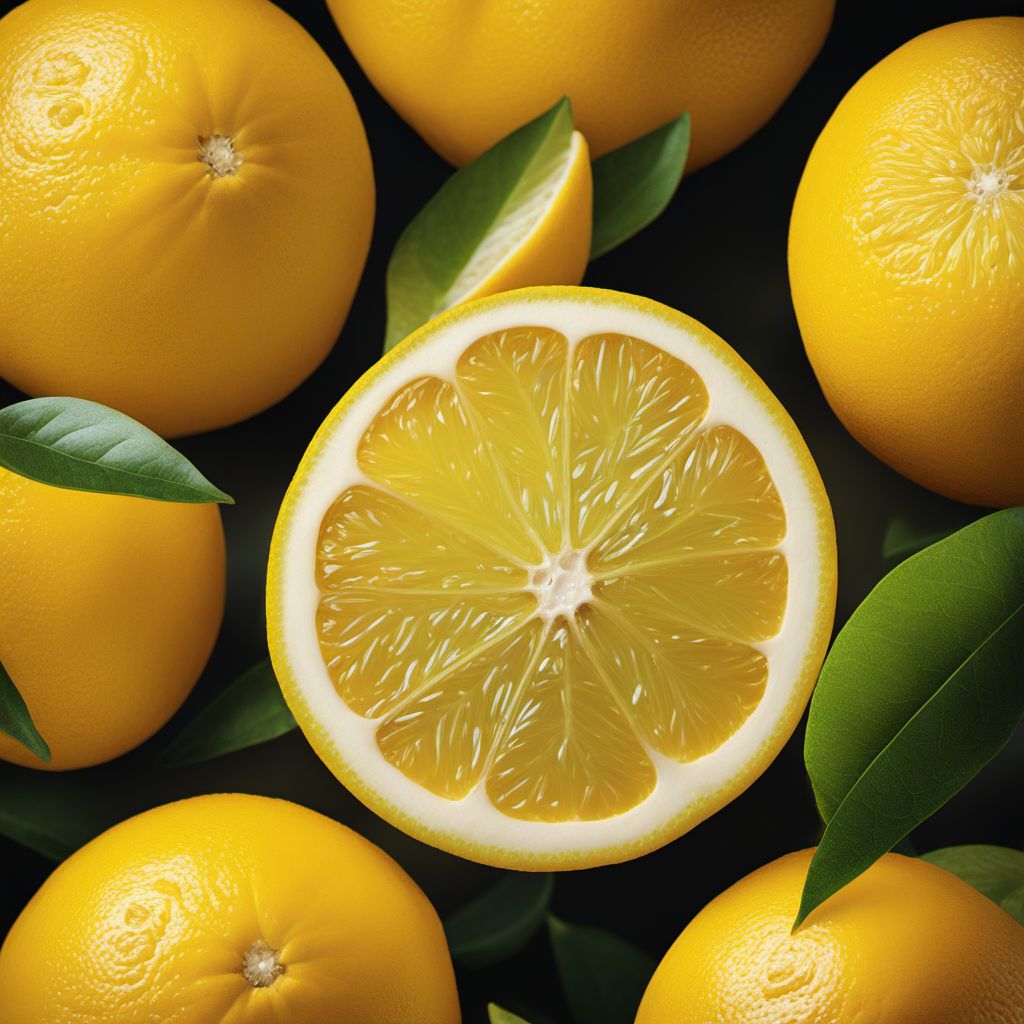
Ingredient
Citrons
The Zesty Marvel: Unveiling the Citron's Tangy Delights
Citrons are large, lemon-like fruits with a thick, bumpy rind and a pale yellow color. They have a unique, tart taste that is less acidic than lemons, and their flesh is dry and pithy. The rind of the citron is highly aromatic, releasing a refreshing fragrance when zested or used in cooking. Its texture is firm and slightly spongy, providing a delightful crunch when added to dishes.
Origins and history
Citrons have a rich history dating back to ancient times. They are believed to have originated in the Himalayan region and were cultivated in ancient Persia and China. Citrons hold cultural significance in various traditions and have been used in religious ceremonies and as a symbol of good luck. They were introduced to Europe by the Crusaders and gained popularity in Mediterranean cuisine.
Nutritional information
Citrons are low in calories and a good source of vitamin C, providing a boost to the immune system. They also contain dietary fiber, potassium, and antioxidants that contribute to overall health and well-being.
Allergens
Citrons are not commonly associated with allergies, but individuals with citrus allergies should exercise caution.
How to select
When selecting citrons, look for fruits that are heavy for their size, indicating juiciness. Choose citrons with a smooth, unblemished rind and a vibrant yellow color. Avoid any fruits with soft spots or mold.
Storage recommendations
To maintain the freshness of citrons, store them in a cool, dry place away from direct sunlight. They can be kept at room temperature for up to a week or refrigerated for longer shelf life.
How to produce
Citrons can be grown by planting seeds or by grafting onto rootstocks. They require a warm climate with well-drained soil and plenty of sunlight. Regular watering and fertilization are essential for healthy growth.
Preparation tips
Citrons can be used in various culinary applications. The zest of the citron adds a burst of flavor to baked goods, marinades, and dressings. The juice can be used in cocktails, sauces, and vinaigrettes. The rind can be candied or used to infuse oils and spirits. To extract the juice, roll the citron on a hard surface to soften it, then cut it in half and squeeze out the juice. For zest, use a fine grater or a zester to remove the outer layer of the rind, being careful not to include the bitter white pith.
Substitutions
If citrons are not available, you can substitute them with a combination of lemon and orange zest to achieve a similar tangy flavor and aroma.
Culinary uses
Citrons are commonly used in traditional Mediterranean and Middle Eastern cuisines. They are used to flavor desserts, such as cakes, tarts, and marmalades. Citron zest adds a refreshing twist to seafood dishes, salads, and roasted vegetables. The candied rind is a popular ingredient in fruitcakes and confections.
Availability
Citrons are commonly available in Mediterranean countries, including Italy, Greece, and Israel. They are also cultivated in parts of Asia, such as China and India.

